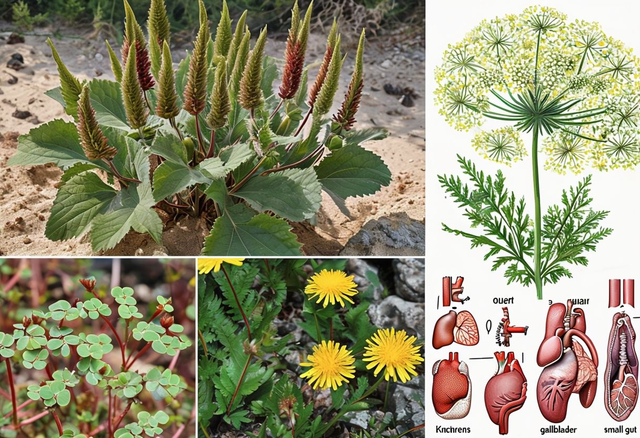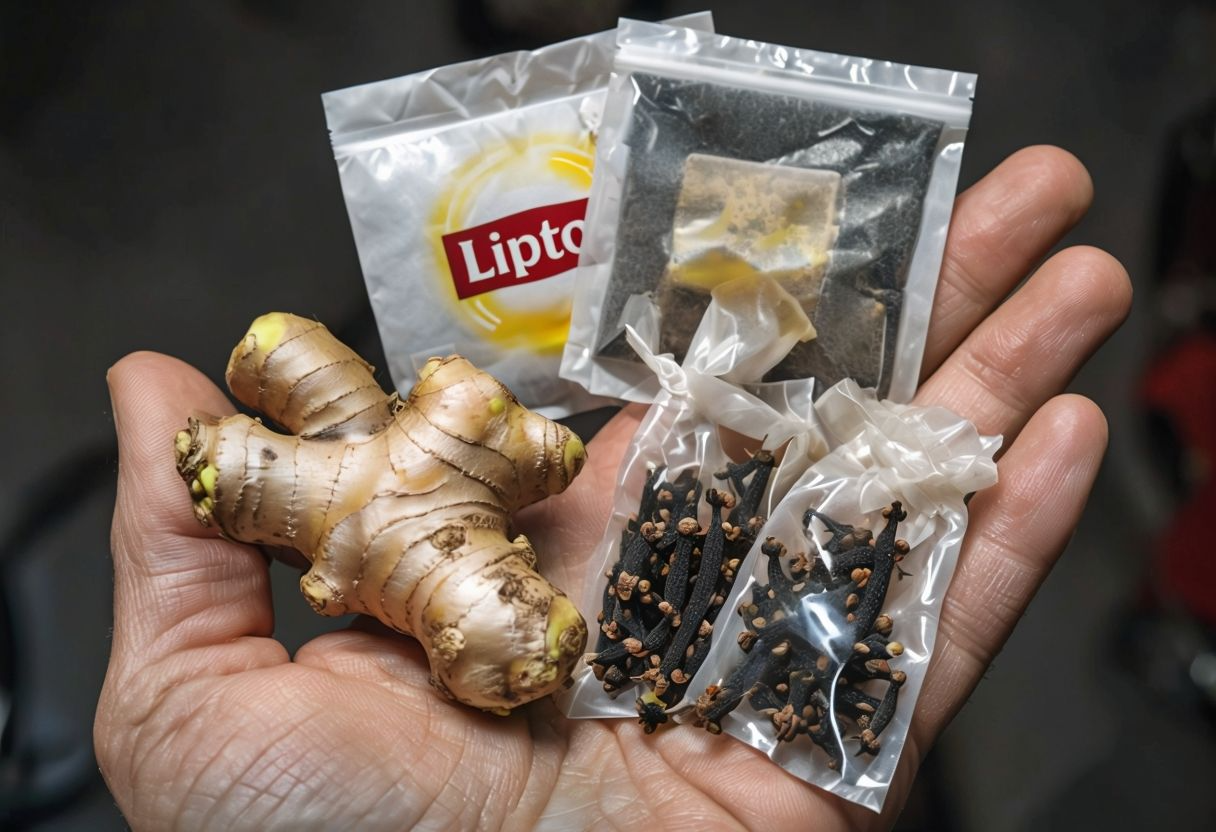
Weeds or Wonders? Discover the Hidden Treasures in These 4 Common Plants
Paula
- 0
- 18
What if the plants you usually dismiss as pesky weeds in your garden are actually nature’s hidden health treasures? Many so-called “nuisances” are packed with nutrients and healing powers, ready to support your wellness in surprising ways. Let’s explore four common plants you’ve likely seen everywhere—dandelion, purslane, plantain, and yarrow—and uncover their incredible potential.
1. Dandelion (Taraxacum officinale)
Often seen as an annoying lawn invader, dandelions are actually nutrient powerhouses and natural remedies.
Benefits:
- Loaded with vitamins A, C, K, and several B vitamins
- Supports liver health by stimulating bile production
- Acts as a natural diuretic, aiding digestion
- Soothes skin conditions like acne and eczema with anti-inflammatory effects
- May help regulate blood sugar
- Contains calcium and vitamin K for strong bones
How to Use:
- Tea: Dry leaves and roots, then steep in hot water for a cleansing brew
- Salads: Add young leaves fresh for a nutrient boost
- Topical: Crush leaves into a paste for minor skin irritations
2. Purslane (Portulaca oleracea)
This humble plant thrives in cracks of sidewalks and gardens and is surprisingly nutritious.
Benefits:
- Rich in omega-3 fatty acids, even more than many leafy greens
- Packed with antioxidants like vitamin E, beta-carotene, and glutathione
- Anti-inflammatory properties reduce swelling throughout the body
- High water content keeps you hydrated
- Low-calorie, fiber-rich aid for weight management
- Magnesium and potassium promote heart health
- Compounds help speed wound healing
How to Use:
- Raw: Add washed purslane to salads or sandwiches for a crunchy, slightly tangy flavor
- Juice: Blend with other greens for a refreshing drink
- Stir-fry: Lightly sauté with garlic and olive oil for a tasty side
3. Broadleaf Plantain (Plantago major)
Often overlooked, plantain is a versatile medicinal plant with a wide range of uses.
Benefits:
- Speeds healing of wounds, burns, and insect bites
- Soothes coughs and clears mucus for respiratory relief
- Helps reduce diarrhea and constipation
- Has antibacterial effects when applied topically
- Promotes detoxification via urine
- Anti-inflammatory properties ease joint pain
- Rich in vitamins C and A, boosting immunity
How to Use:
- Poultice: Crush fresh leaves and apply directly to wounds or insect bites
- Tea: Boil dried leaves for a soothing digestive or respiratory drink
- Infused Oil: Steep leaves in olive oil to create a healing salve
4. Yarrow (Achillea millefolium)
Small but mighty, yarrow offers a wide array of health benefits, from wound care to stress relief.
Benefits:
- Astringent properties help stop bleeding and promote wound healing
- Acts as a natural diaphoretic to reduce fever through sweating
- Helps regulate heavy menstrual bleeding
- Relieves bloating and digestive cramps
- Mild sedative effect calms nerves and relieves stress
- Antimicrobial properties fight skin infections
- Improves circulation and supports cardiovascular health
- Eases cold and flu symptoms, including nasal congestion
How to Use:
- Tea: Brew dried flowers and leaves to soothe digestion or fever
- Compress: Soak cloth in yarrow tea and apply to wounds or bruises
- Tincture: Use for cold relief or menstrual discomfort
Nature’s Hidden Allies
These “weeds” are far more than just plants—they’re powerful allies in your journey toward health and wellness. By recognizing their value and incorporating them into your lifestyle, you unlock a natural pharmacy right outside your door. So next time you see dandelions or purslane growing wild, think twice before pulling them out!
Disclaimer: Always consult a healthcare professional before using plants medicinally, especially if you are pregnant, nursing, taking medications, or have underlying health conditions.


